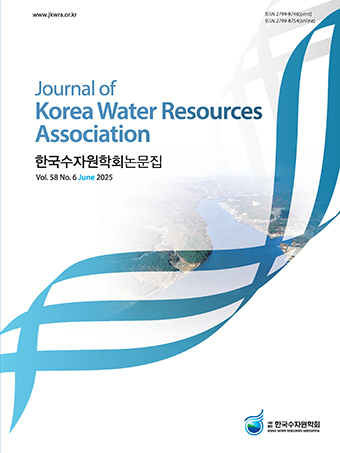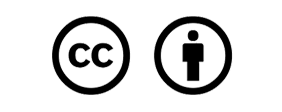Research Article
Abstract
References
Information
Arjenaki, M.O., Sanayei, H.R.Z., Heidarzadeh, H., and Mahabadi, N.A. (2021). "Modeling and investigating the effect of the LID methods on collection network of urban runoff using the SWMM model (case study: Shahrekord City)." Modeling Earth Systems and Environment, Vol. 7, No. 1, pp. 1-16.
10.1007/s40808-020-00870-2
Wadhwa, A., Budamala, V., Kummamuru, P.K., Kasiviswanathan, K.S., and Srimuruganandam, B. (2023). "Low-impact development (LID) control feasibility in a small-scale urban catchment for altered climate change scenarios." Hydrological Sciences Journal, Vol. 68, No. 13, pp. 1-14.
10.1080/02626667.2023.2239797
Zahmatkesh, Z., Burian, S.J., Karamouz, M., Tavakol-Davani, H., and Goharian, E. (2015). "Low-impact evelopment practices to mitigate climate change effects on urban stormwater runoff: case study of New York City." Journal of Irrigation and Drainage Engineering, Vol. 141, No. 1, 04014043.
10.1061/(ASCE)IR.1943-4774.0000770
- Publisher :KOREA WATER RESOURECES ASSOCIATION
- Publisher(Ko) :한국수자원학회
- Journal Title :Journal of Korea Water Resources Association
- Journal Title(Ko) :한국수자원학회 논문집
- Volume : 56
- No :12
- Pages :905-918
- Received Date : 2023-11-07
- Revised Date : 2023-11-24
- Accepted Date : 2023-11-29
- DOI :https://doi.org/10.3741/JKWRA.2023.56.12.905




 Journal of Korea Water Resources Association
Journal of Korea Water Resources Association










